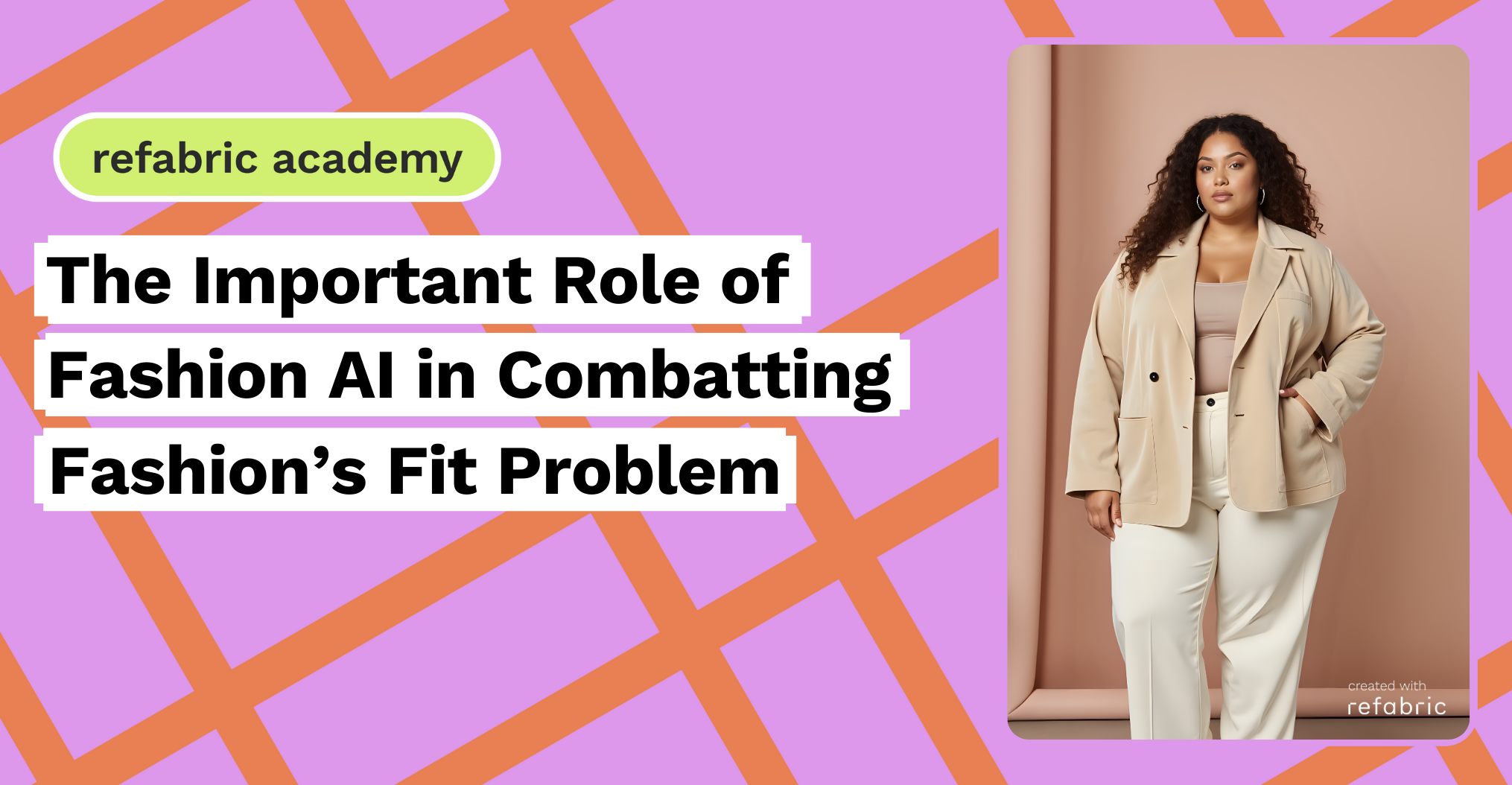Fashion AI is revolutionizing the way we shop for clothing online by tackling one of e-commerce’s most persistent challenges: ensuring the perfect fit. The rise of online shopping has made it easier than ever to explore a world of fashion from the comfort of home, but for many consumers, finding clothing that fits perfectly remains a major hurdle. Poor fit is not just a source of frustration for shoppers but also a costly issue for brands, leading to high return rates and wasted resources. By harnessing the power of artificial intelligence, the fashion industry is making strides toward solving this problem with virtual try-ons and custom sizing solutions that promise a more seamless and personalized shopping experience.
The Problem with Fit in Fashion
Fit has long been a critical pain point in the fashion industry, particularly in online retail. Unlike shopping in physical stores, where customers can try on garments before purchasing, e-commerce relies heavily on standard size charts and product descriptions. However, these tools often fail to account for the diversity of human body shapes and sizes. A medium size in one brand may be vastly different from a medium in another, leaving shoppers confused and dissatisfied.
This lack of standardization contributes to an alarming rate of returns in the online fashion sector, with ill-fitting items being one of the top reasons. According to recent studies, up to 30% of all online clothing purchases are returned, creating significant economic and environmental costs. Beyond financial losses, these returns also contribute to the industry’s carbon footprint, with additional packaging, transportation, and waste further exacerbating fashion’s sustainability issues.
How Fashion AI Is Transforming the Game
Fashion AI is stepping in to address these challenges by offering innovative solutions such as virtual try-ons and custom sizing. These technologies leverage advanced machine learning algorithms, computer vision, and big data to create a more accurate and personalized shopping experience for consumers.
Virtual Try-Ons: Redefining the Online Shopping Experience
One of the most groundbreaking applications of fashion AI is the development of virtual try-on technology. Powered by augmented reality (AR) and AI, virtual try-ons allow shoppers to see how a garment would look on their body without physically wearing it. By using their smartphone or computer camera, consumers can upload images or measurements, and the AI technology generates a realistic visualization of the clothing on their body.
Major retailers and e-commerce platforms have already started integrating virtual try-on features. Some leading fashion brands in the industry are using this technology to let shoppers “try on” clothes digitally, offering a more interactive and engaging shopping experience. Virtual try-ons not only help consumers visualize the fit and style but also increase their confidence in purchasing decisions, reducing the likelihood of returns.
Designers can also benefit from try-on tools with the help of fashion AI. For instance, Refabric’s Try-On Photoshoot feature allows users to seamlessly preview their designs on realistic models with just minor adjustments. With high-quality visuals of AI-generated models tailored to diverse ethnicities, genders, and body sizes, designers can bring their creations to life like never before.
Custom Sizing Solutions: Tailored for Every Body
Another way fashion AI is solving the fit problem is through custom sizing solutions. Traditional sizing systems are often based on outdated measurements that fail to reflect the diversity of modern consumers. AI-powered tools are now enabling brands to move beyond generic size charts and offer personalized sizing recommendations.
These tools analyze a user’s body measurements, preferences, and past purchases to suggest the best possible fit for each individual. Some platforms even go a step further, creating garments made-to-order based on the customer’s exact measurements. This approach not only ensures a better fit but also minimizes overproduction, aligning with sustainable fashion practices.
Benefits for Brands and Consumers
For brands, adopting fashion AI technologies like virtual try-ons and custom sizing can lead to higher conversion rates, lower return rates, and increased customer loyalty. Shoppers benefit from a more satisfying and efficient shopping experience, eliminating much of the guesswork and frustration traditionally associated with online clothing purchases.
Moreover, these technologies have significant implications for sustainability. By reducing returns and overproduction, fashion AI helps brands lower their environmental impact, contributing to a more responsible and eco-friendly industry.
The Future of Fashion AI and Fit
As fashion AI continues to evolve, the possibilities for improving fit and personalization are endless. Future advancements may include hyper-personalized virtual avatars, real-time garment alterations, and even smart textiles that adjust to the wearer’s body.
In an era where convenience, sustainability, and inclusivity are more important than ever, fashion AI offers a transformative solution to the fit problem. By bridging the gap between technology and fashion, it ensures that every shopper can find their perfect fit—making the online shopping experience as satisfying as browsing in a physical store.
Fashion AI is not just a trend; it’s a game-changer that’s shaping the future of how we shop, wear, and experience clothing. With virtual try-ons and custom sizing solutions leading the way, the fashion industry is taking bold steps toward a more innovative and inclusive future.
